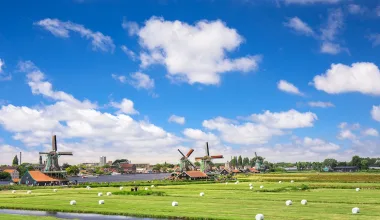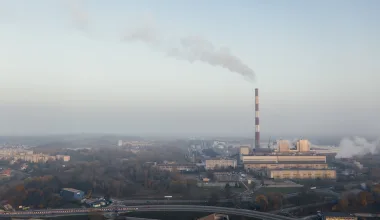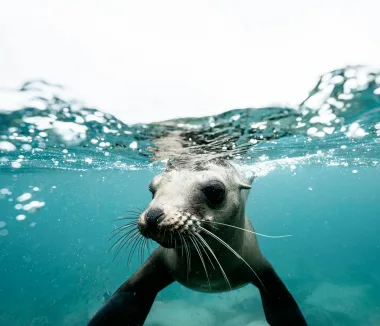Last Updated on May 31, 2023 by Ecologica Life
The world is facing numerous environmental challenges that demand urgent attention and action. From climate change to deforestation, these problems pose significant threats to our planet’s ecosystems and the well-being of future generations.
However, with concerted efforts and innovative solutions, we can mitigate and address these issues effectively.
In this article we will give you a brief overview of 10 environmental problems and potential solutions that can pave the way to a more sustainable future. It should be noted that these 10 problems are not separate but as you will see, very much interrelated.
Table of Contents
1. Climate Change
Climate change is arguably one of the most pressing environmental issues of our time.
To tackle this issue, we need to reduce greenhouse gas emissions by transitioning to renewable energy sources, improving energy efficiency, promoting sustainable transportation, and adopting more environmentally friendly agricultural practices.
In addition, reforestation efforts and the preservation of carbon sinks, such as wetlands and forests, are crucial for capturing and storing carbon dioxide.
2. Deforestation
Deforestation destroys critical habitats, contributes to climate change, and threatens biodiversity.
To combat deforestation, governments and organisations should enforce strict regulations against illegal logging, promote sustainable forestry practices, and support initiatives that encourage reforestation and afforestation.
Public awareness campaigns can also play an important role in educating communities about the importance of preserving forests. It is particularly important to educate the younger generations about the importance of preserving trees, as they will be the ones to ensure that the trees live out their lifespan, whether that be 50 years, 100 years or more.
3. Water Pollution
Water pollution is a major threat to aquatic ecosystems and human health.
To address this issue, we need to implement robust water treatment systems, reduce the use of harmful chemicals in agriculture and industry, and improve waste management practices.
Promoting sustainable agricultural practices, implementing stricter regulations on industrial waste disposal, and encouraging community involvement in water protection are key steps towards cleaner water.
4. Air Pollution
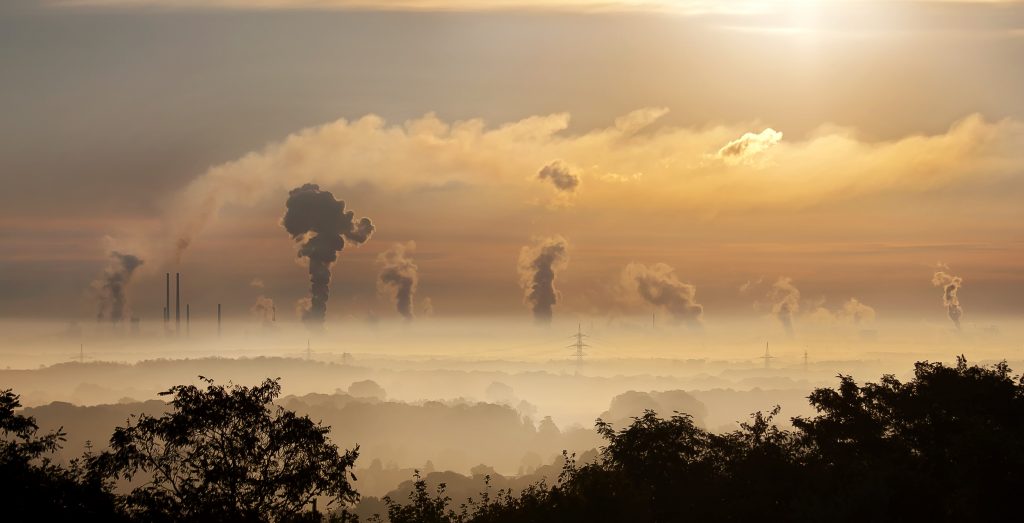
Air pollution has a significant impact on human health, our economy and climate change.
To tackle the problem, governments and industry need to invest in cleaner technologies and renewable energy sources.
Implementing stricter emission standards for vehicles and industrial plants, promoting public transport and cycling infrastructure, and encouraging the use of electric vehicles can significantly reduce air pollution.
5. Plastic & Microplastic Pollution
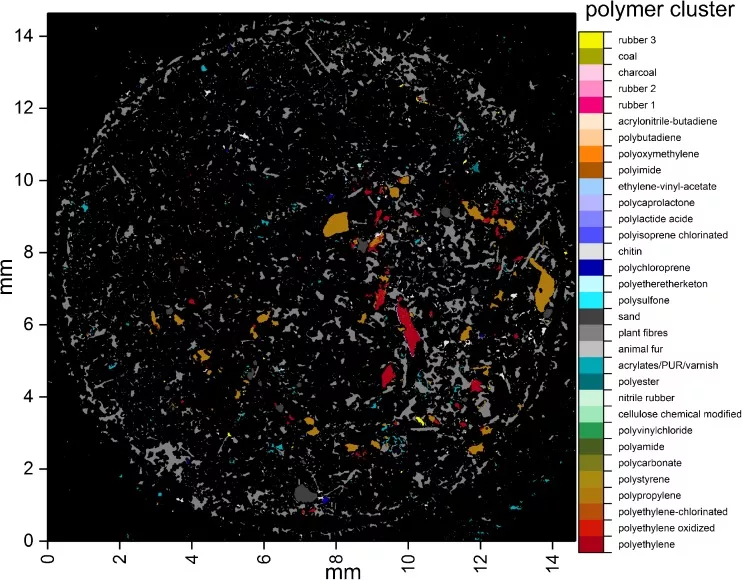
Plastic pollution has become a global crisis, endangering marine life and polluting ecosystems. What’s more, plastic breaks down into microplastics and nanoplastics over time.
In a previous article, we suggested that microplastics could be the end of the world no one is talking about. This is because microplastics are now everywhere, from marine animals to our blood. Millions of microplastics leak from infant baby bottles and our tea bags. The scary thing is that we have little understanding of how they affect us, and research suggests that they can cross the blood-brain barrier, which is certainly not good!
We need to end our plastic addiction and go plastic free where possible; ditch bottled water for tap water, buy natural fibre clothes and don’t throw them away after a few uses, use reusable bags (such as tote bags), and use reusable alternatives where possible (for example, consider buying your fruit in a reusable cotton/linen bag rather than a plastic one).
Governments can adopt policies that ban or tax single-use plastics and invest in infrastructure to properly recycle plastics and remove microplastics from the environment. Individuals can make conscious choices to minimise their plastic consumption and dispose of plastic waste properly.
We recommend that you don’t buy recycled plastic food and drink containers as they can leach hazardous chemicals into your food. We also recommend that you do not microwave or cook in plastic, as this can also release microplastics and chemicals into your food.
If you are concerned about microplastics you can read our tips on how to avoid microplastics.
6. Loss of Biodiversity
Biodiversity loss threatens the stability and resilience of ecosystems. We don’t often think about it, but all life on Earth is intricately connected in ecological communities, a web. Protecting biodiversity is protecting life, it is protecting us.
To protect biodiversity, we need to establish and expand protected areas, promote sustainable land management practices, and combat wildlife trafficking.
Cooperation between governments, conservation organisations, and local communities is essential to protect endangered species and their habitats.
7. Soil Degradation
Soil degradation, caused by factors such as erosion, deforestation, and unsustainable agricultural practices, leads to reduced crop productivity and food security.
To address this issue, we need to adopt sustainable farming techniques, such as organic farming and agroforestry, which improve soil health and fertility.
In addition, land restoration programmes and reforestation efforts can help combat soil erosion and degradation.
8. Overfishing
Overfishing depletes fish populations, disrupts marine biodiversity and ecosystems, and threatens the livelihoods of millions of people.
To tackle this problem, governments and fisheries need to enforce strict fishing regulations, establish marine protected areas, and promote sustainable fishing practices. It is important that these fishing regulations are fair, to support smaller fishing businesses.
Consumer awareness and support for sustainable seafood choices can also drive positive change in the fishing industry.
As a consumer, you should look for eco-certifications. Various organisations and programmes certify seafood products as sustainable. Look for labels such as the Marine Stewardship Council (MSC) certification or the Aquaculture Stewardship Council (ASC) certification on packaging. These certifications ensure that the seafood has been responsibly sourced and meets certain environmental standards.
9. Energy Transition
Over-dependence on fossil fuels contributes to climate change and air pollution.
Transitioning to renewable energy sources, such as solar and wind power, is essential for reducing greenhouse gas emissions. Governments should also consider investing in nuclear power during this transition period. Nuclear energy has some drawbacks, but it does not release emissions or contribute to climate change.
Governments and businesses need to invest in renewable energy infrastructure, provide incentives for the use of renewable energy and prioritise research and development of clean energy technologies.
Many big and small companies are now committed to the 1.5ºC pledge set out in the Paris Agreement as well as net zero pledges. For more information on how your business can go green, read the 1.5ºC business playbook.
10. Waste Management
This problem goes hand in hand with plastic and microplastic pollution. Inefficient waste management systems lead to pollution, habitat destruction, and health hazards.
To address this issue, we need to prioritise waste reduction, recycling, and proper disposal. Governments should invest in waste management infrastructure, implement recycling programmes, and encourage sustainable consumption patterns.
Education and awareness campaigns can help individuals make informed choices about waste reduction and recycling.
Addressing these environmental challenges requires a concerted effort by governments, businesses, communities, and individuals. By adopting sustainable practices, investing in clean technologies, and promoting environmental stewardship, we can pave the way for a healthier and more sustainable planet for future generations.
The time for action is now, and it is vital that we work together to preserve and protect our precious natural resources and achieve true harmony with nature.

